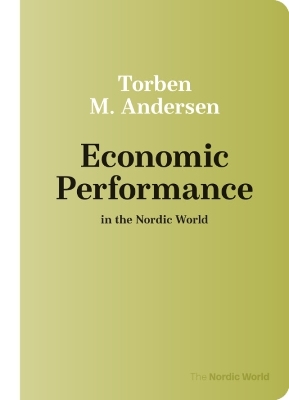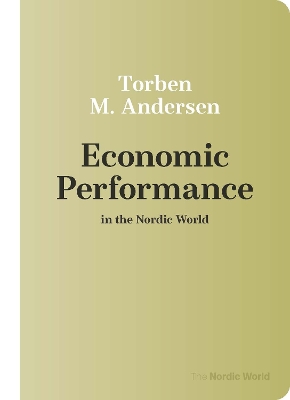Nordic World
2 total works
The Nordic countries stand out in international comparisons for having both high living standards and low inequality. The welfare state is extended, the public sector is large and the tax burden is high. How is it that the Nordic countries – being small and highly globalised – have managed to achieve such favourable economic performance?
The Nordic welfare model rests on two pillars: the social safety net, which offers income compensation to the majority of those unable to support themselves, and the provision of welfare services like education, childcare and healthcare to all.
Two key factors are crucial to the economic performance of the Nordic countries. First, the welfare state is not passive, but active in improving everyone’s opportunities to participate in the labour market – ensuring they have relevant qualifications and are actively searching for jobs. Second, while the public sector is large, the private sector is as liberal as in many countries with a leaner public sector. The concern for and understanding of the importance of international competitiveness heavily influences policies. The Nordic welfare model may also be characterised as an employment model. The base for high income levels and low income inequality is established via a high employment rate and few working poor. High levels of employment are also crucial for the financial viability of the welfare model. If
employment is low, tax revenues fall and social expenditures increase; the sustainability of the model thus depends on maintaining high employment levels. The first part of this book lays out the structure of the Nordic model and highlights factors important for understanding the economic performance of the model.
The second part looks into specific policy areas with a focus on the experiences of Denmark: labour market policies (flexicurity), pension systems and preparation for an aging population. The challenges arising from new technologies and globalisation are also addressed. The book ends by discussing the lessons learned from the Nordic experiences.
The Nordic welfare model rests on two pillars: the social safety net, which offers income compensation to the majority of those unable to support themselves, and the provision of welfare services like education, childcare and healthcare to all.
Two key factors are crucial to the economic performance of the Nordic countries. First, the welfare state is not passive, but active in improving everyone’s opportunities to participate in the labour market – ensuring they have relevant qualifications and are actively searching for jobs. Second, while the public sector is large, the private sector is as liberal as in many countries with a leaner public sector. The concern for and understanding of the importance of international competitiveness heavily influences policies. The Nordic welfare model may also be characterised as an employment model. The base for high income levels and low income inequality is established via a high employment rate and few working poor. High levels of employment are also crucial for the financial viability of the welfare model. If
employment is low, tax revenues fall and social expenditures increase; the sustainability of the model thus depends on maintaining high employment levels. The first part of this book lays out the structure of the Nordic model and highlights factors important for understanding the economic performance of the model.
The second part looks into specific policy areas with a focus on the experiences of Denmark: labour market policies (flexicurity), pension systems and preparation for an aging population. The challenges arising from new technologies and globalisation are also addressed. The book ends by discussing the lessons learned from the Nordic experiences.

